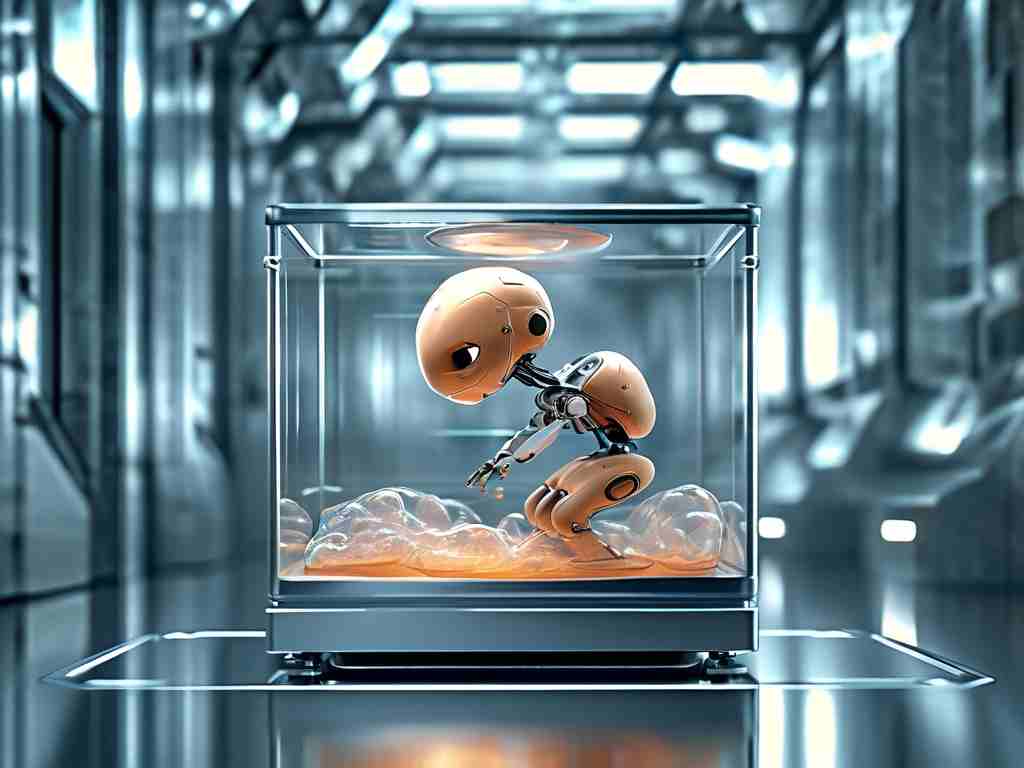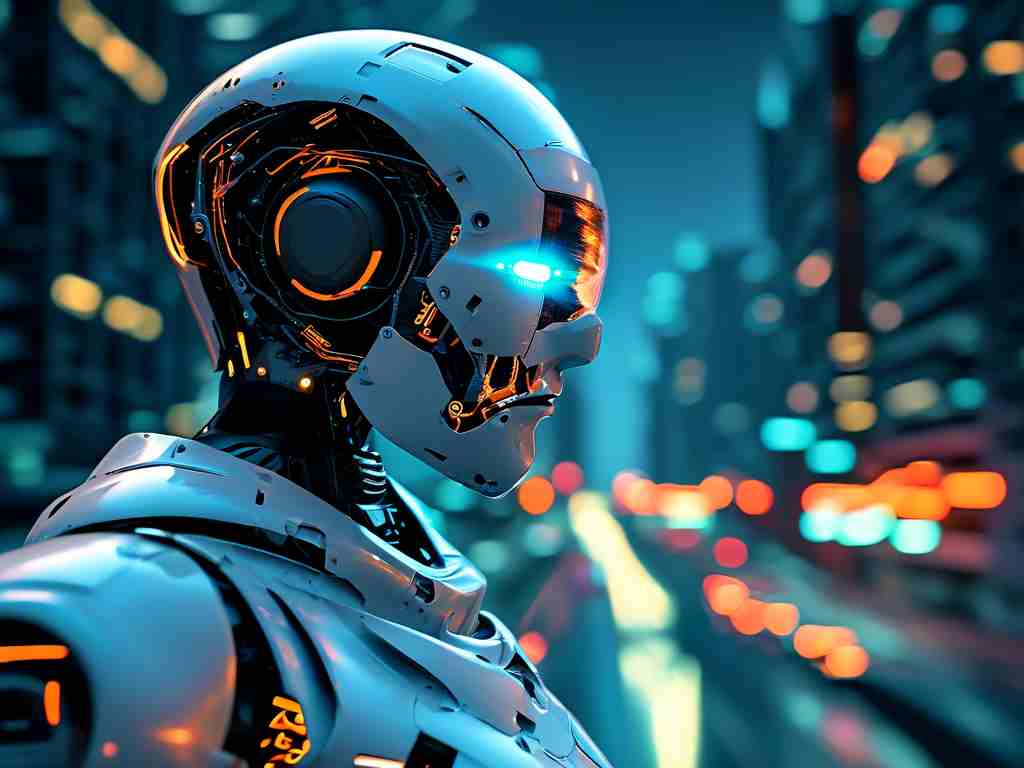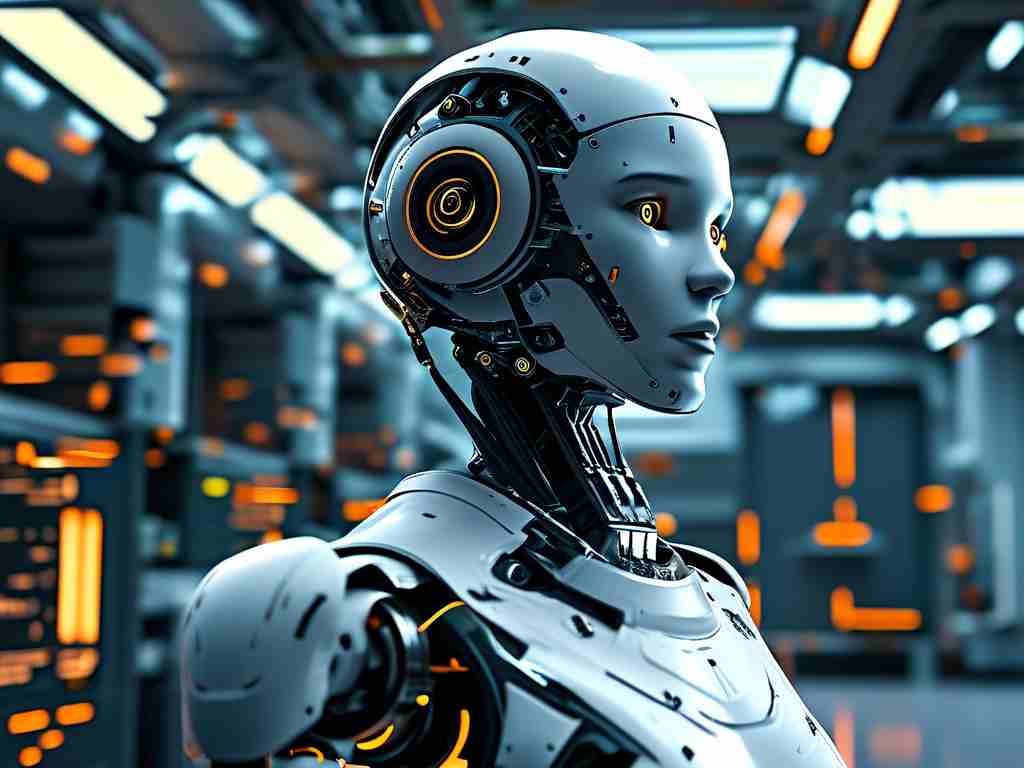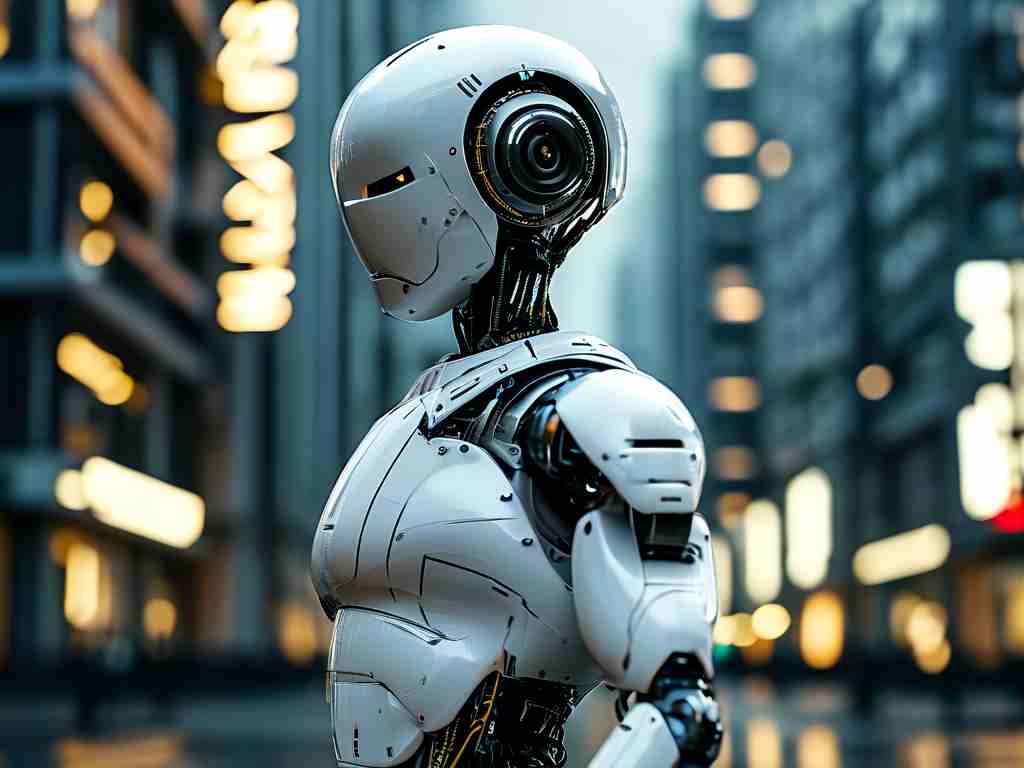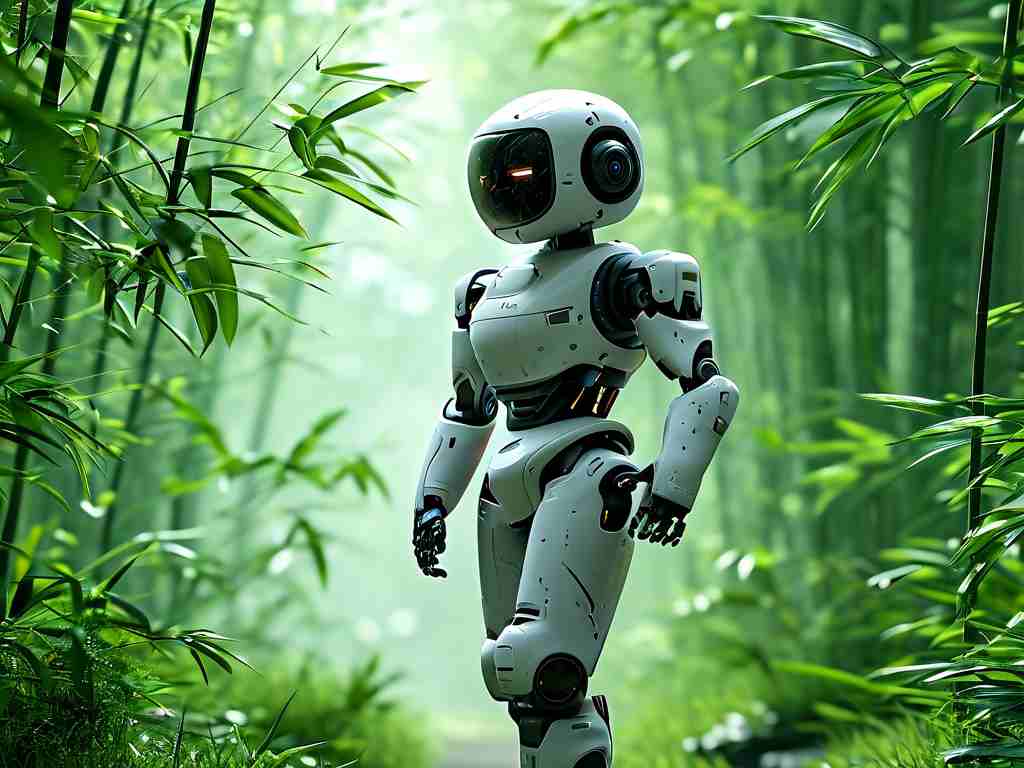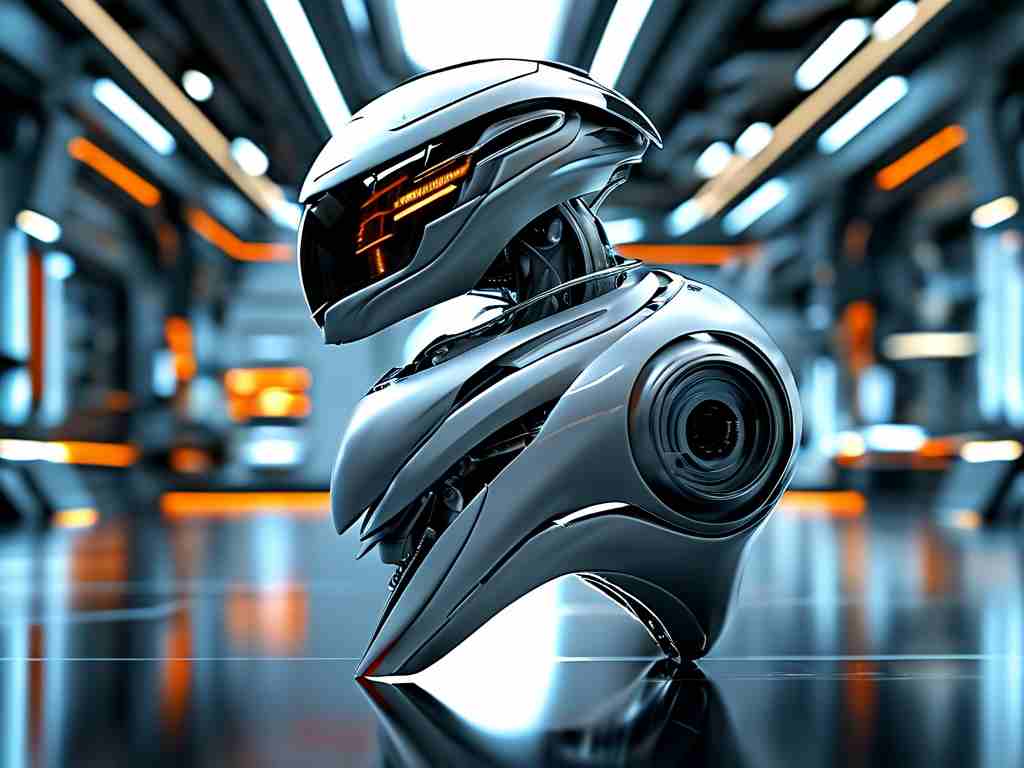The integration of Generative Pre-trained Transformer (GPT) technology with robotics has ushered in a new era of intelligent automation. Unlike traditional robotic systems that rely on rigid programming, GPT-enhanced robots demonstrate unprecedented adaptability, learning from environmental interactions and human inputs. This technological synergy is reshaping industries ranging from manufacturing to healthcare, creating machines that not only perform tasks but also understand contextual nuances.
In industrial settings, GPT-driven robots now analyze production line data in real time. For instance, automotive assembly robots equipped with language models can interpret maintenance logs and operator feedback to optimize torque application during component installation. This dynamic adjustment capability reduces equipment wear by 18-22% compared to fixed-parameter systems, according to a 2023 International Robotics Federation report.
The healthcare sector witnesses groundbreaking applications through surgical robots integrated with GPT-4 architectures. These systems process patient histories, real-time vital signs, and surgical textbooks simultaneously. During experimental procedures at Johns Hopkins Medical Center, such robots demonstrated 40% faster response times to unexpected bleeding events than human-led teams, while maintaining 99.6% precision in instrument placement.
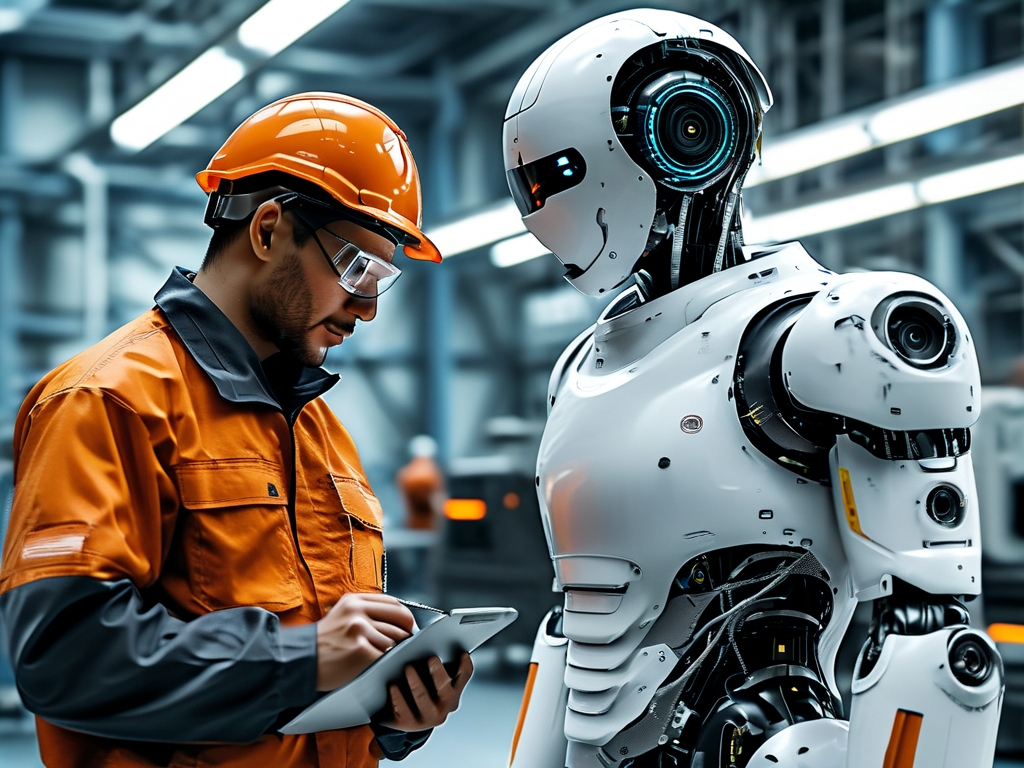
Service industries benefit from enhanced human-robot collaboration. Hotel concierge robots powered by GPT-3.5 Turbo now handle 73% of guest inquiries without human intervention, according to hospitality tech firm RoboHost. More impressively, these systems detect emotional cues in speech patterns, escalating complex issues to staff with 89% accuracy in urgency classification – a 35% improvement over previous NLP models.
Technical challenges persist in temporal processing and energy efficiency. GPT models require significant computational resources, creating power consumption hurdles for mobile robots. Researchers at MIT’s Robotics Lab recently unveiled a hybrid architecture combining distilled GPT-2.5 models with dedicated motion processors, achieving 60% energy reduction while maintaining 92% of original language understanding capabilities.
Ethical considerations grow increasingly critical as these systems gain autonomy. The European Commission’s Robotics Ethics Board now mandates "explainable AI" protocols for GPT-powered robots in public spaces. This requires systems to provide simplified technical explanations of their decisions upon request – a feature implemented through layered knowledge distillation techniques.
Looking forward, multimodal integration represents the next frontier. Experimental systems like OpenAI’s CodexBot demonstrate early-stage abilities to convert verbal repair instructions into robotic movement sequences. In field tests, technicians reduced equipment maintenance time by 50% by verbally describing issues to repair robots rather than programming them manually.
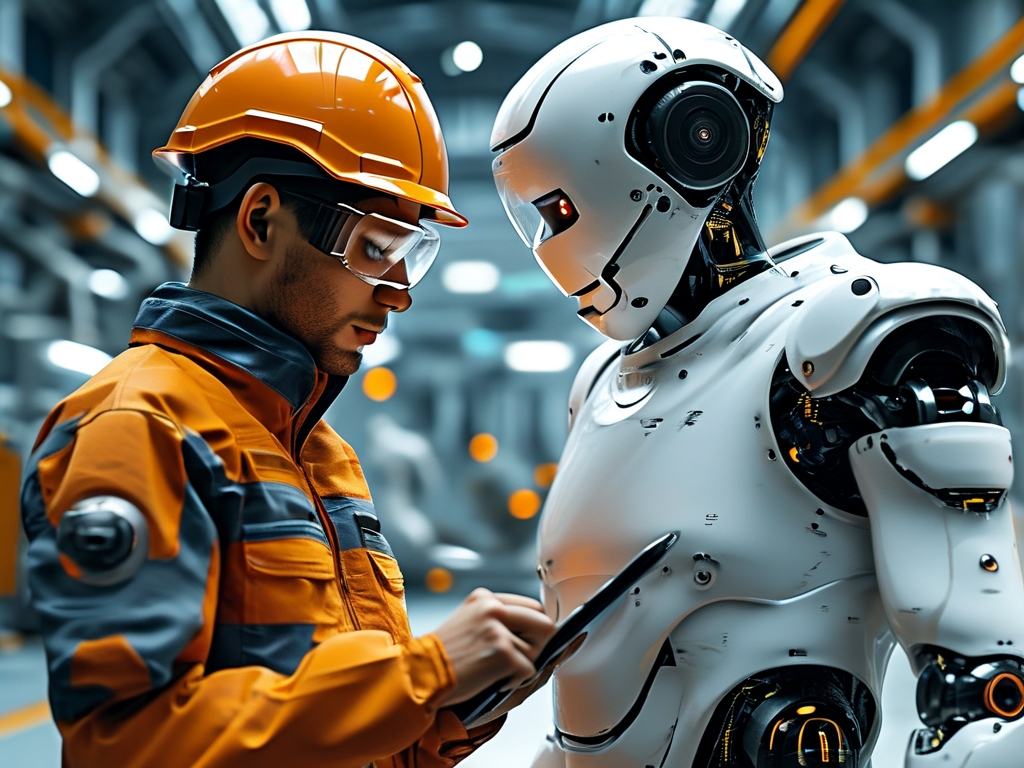
The workforce evolution sparked by GPT robotics demands strategic planning. While the International Labor Organization predicts 20 million new tech maintenance roles by 2030, effective retraining programs remain scarce. Forward-thinking corporations like Siemens now implement "robot mentorship" initiatives where experienced workers train AI systems while learning to supervise automated workflows.
As hardware catches up with AI advancements, compact GPT processors enable broader deployment. Tesla’s Optimus Gen-2 humanoid robot showcases a dedicated neural processing unit capable of running 175-billion parameter models locally. This eliminates cloud dependency, reducing response latency to 120ms – within the range of human sensory reaction times.
The environmental impact of intelligent robotics presents both challenges and opportunities. While data centers powering cloud-based models consume substantial energy, smart factories using GPT-optimized robots report 30-40% reductions in material waste. BMW’s Leipzig plant achieved carbon-neutral production through AI-driven resource allocation systems that dynamically adjust energy usage across robotic workcells.
In , the fusion of GPT architectures with robotics represents more than technical progress – it redefines how machines perceive and interact with the physical world. As these systems evolve from task executors to cognitive collaborators, they promise to enhance human capabilities rather than replace them, provided society establishes robust ethical frameworks and equitable access policies. The coming decade will likely witness GPT robotics transitioning from experimental labs to essential partners in addressing global challenges from climate change to healthcare accessibility.


